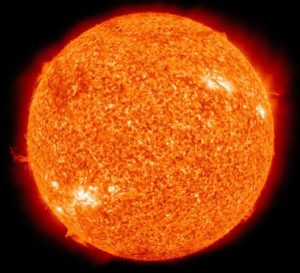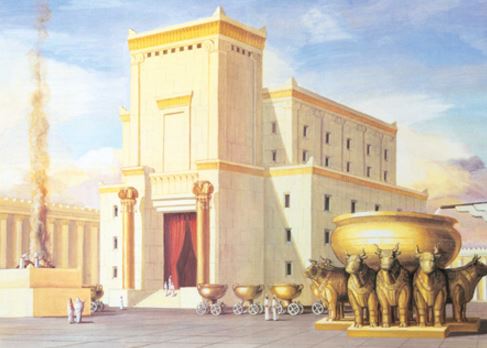What was the deeper purpose behind the Ten Plagues in ancient Egypt and how did they parallel the Ten Utterances of Creation? How do these correspond to the ten items of the Passover seder? And how do the 14 steps of the Passover seder parallel the 14 key steps of Creation? Find out in this eye-opening class where we also explore the paschal offering and the Temple Mount, how Hillel rose to the presidency of the Sanhedrin, plus the great mystery behind consuming the karpas vegetable – and what does it have to do with the soul of Mashiach?
On the issue of ascending the Temple Mount today, see here.
For more on Shabbat haGadol, see here.

 As we prepare to usher in a new year, we remember that while our calendar follows lunar months, it is still synchronized to the sun over the course of a 19-year cycle. Since a lunar month is 29.5 days, each month on the Hebrew calendar is either 29 or 30 days, resulting in a year that is typically just 354 days long. The solar year is a bit over 365 days long, meaning that a strictly lunar calendar will fall behind 11 days each year. To avoid this problem, we add an entire leap month, a second Adar, seven times in 19 years. This ensures that we stay in synch with both moon and sun. The upcoming year will be such a leap year, with 13 months instead of 12.
As we prepare to usher in a new year, we remember that while our calendar follows lunar months, it is still synchronized to the sun over the course of a 19-year cycle. Since a lunar month is 29.5 days, each month on the Hebrew calendar is either 29 or 30 days, resulting in a year that is typically just 354 days long. The solar year is a bit over 365 days long, meaning that a strictly lunar calendar will fall behind 11 days each year. To avoid this problem, we add an entire leap month, a second Adar, seven times in 19 years. This ensures that we stay in synch with both moon and sun. The upcoming year will be such a leap year, with 13 months instead of 12.